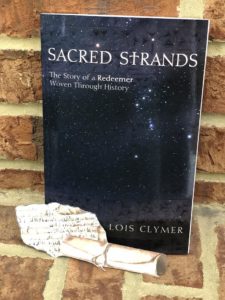How was Ancient Man Looking for a Redeemer?
 I have always been fascinated with the book of Job in the Bible, maybe because it is so old. Many scholars think it is one of the oldest books in the Bible. Job lived in very early times, possibly even before Abraham who lived around 2000 BC.
I have always been fascinated with the book of Job in the Bible, maybe because it is so old. Many scholars think it is one of the oldest books in the Bible. Job lived in very early times, possibly even before Abraham who lived around 2000 BC.
The events recorded in Job appear to have happened before the establishment of Israel as God’s covenant nation through whom Christ eventually came. There is no mention of Moses or Abraham or any of the judges, kings or prophets of Israel. Quite a few references in Job refer to the early events such as the fall and the flood recorded in Genesis. Some of the places mentioned in Job tie into early places mentioned in Genesis.
Job appeared to be aware of a promised redeemer, as evidenced by his words in Job 19:25-27. “I know that my Redeemer lives, and that in the end he will stand upon the earth, and after my skin has been destroyed, yet in my flesh I will see God; I myself will see him with my own eyes and not another. How my heart yearns within me.”
A hymn written by Jessie B Pounds in 1893 reflects this message, “I know that my Redeemer liveth and on the earth again shall stand. I know eternal life he giveth, that grace and power are in his hand.”
Was ancient man looking for a promised Redeemer? In my book, Sacred Strands, The Story of a Redeemer Woven Through History, I show how the symbolism of Genesis 3:15, when God told Adam and Eve of a promised redeemer, is woven through history. I show the traces of this symbolism of a redeemer, in the constellations, in myths and mysteries, and in sacred practices throughout the world.
You can purchase my book on Amazon, here.
0 Comments